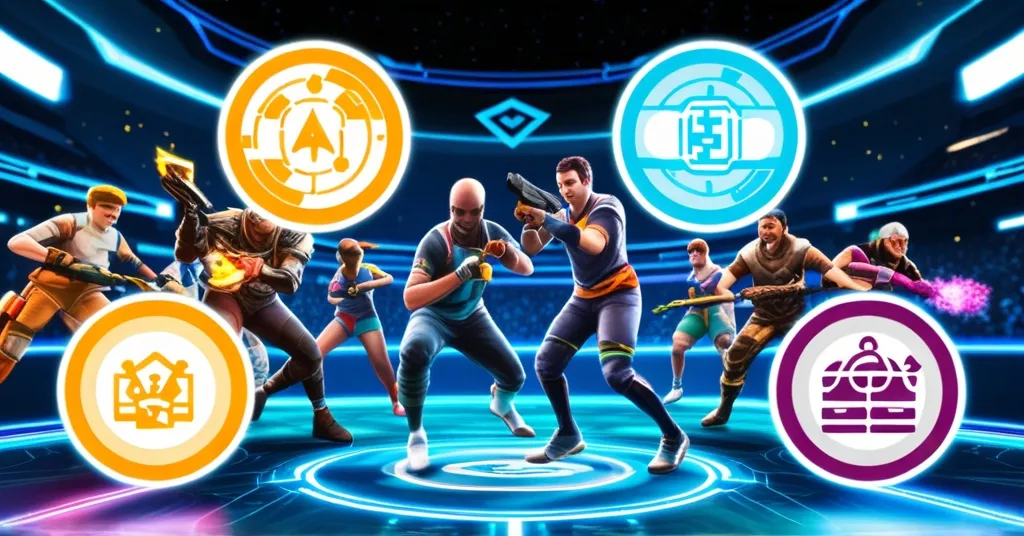Web3 Gaming’s Path to Mainstream: Overcoming Incentive Challenges for True Player Empowerment

Web3 gaming, with its promise of decentralization and player empowerment, stands at a pivotal moment. Despite making up 28% of blockchain activity with 6.8 million daily active wallets as reported by DApp Radar, it pales in comparison to the user bases of traditional powerhouses like Fortnite and Call of Duty. The key to closing this gap may well lie in revamping incentives to deliver meaningful, sustainable rewards that extend beyond the crypto sphere.
- Current Challenges: Web3 gaming incentivization models struggle with mainstream adoption largely due to insufficient game quality and rewards that lack real-world value. Axie Infinity’s reward token, SLP, for instance, suffered a catastrophic 99% drop in value, illustrating the instability of current reward systems.
The challenge lies in developing a game experience that matches the immersive quality of traditional games while integrating rewards that are robust and valuable. The current state of reward systems often results in devalued tokens, leaving players with little more than digital artifacts.
“The Web 3.0 ecosystem is often touted as the incentivized economy.”
In the quest for adoption, incentivization is the cornerstone, driving engagement and ensuring sustainability. However, the industry needs to embrace a balanced strategy that pairs immediate reward appeal with long-term stability. Games like Funtico and Hamster Kombat are experimenting with hefty prize pools and tap-to-earn models, providing a glimpse of what the future might hold.
Yet, external perceptions of Web3 gaming as a closed ecosystem further stymie adoption. To truly go mainstream, rewards need to be tangible outside the blockchain, offering real-world value that resonates beyond digital confines.
“A two-fold shock and awe approach is one of the effective ways that stakeholders in this space can leverage to achieve mainstream adoption.”
For Web3 gaming to rival its Web2 counterparts, it must not only enrich gaming experiences but also ensure transparent, reliable reward systems. The potential environmental benefits due to reduced centralization and player-driven governance offer additional appeal, though often overshadowed by reward concerns.
Key Takeaways
- What is hindering Web3 gaming’s mainstream adoption?
- How important are incentives in Web3 gaming?
- What strategies can enhance Web3 gaming adoption?
- Can Web3 gaming compete with popular Web2 games?
The lack of quality games and sustainable rewards that can be converted into value outside the crypto ecosystem.
Incentives are crucial as they drive user engagement and adoption, similar to how they have contributed to the success of blockchain networks.
Implementing a two-fold approach with significant initial rewards and sustainable ongoing incentivization, integrating affiliate programs, and offering redeemable rewards both internally and externally can enhance adoption.
Yes, but it requires improved gaming experiences, transparent systems, and reward systems that offer real and lasting value.
As developers innovate within the Web3 space, the focus must be on creating reward systems with external value, ensuring longevity and player satisfaction. The integration of AI, machine learning, and cross-chain capabilities could further enhance user experiences, setting the stage for Web3 gaming to potentially command a significant presence on the global gaming stage.



